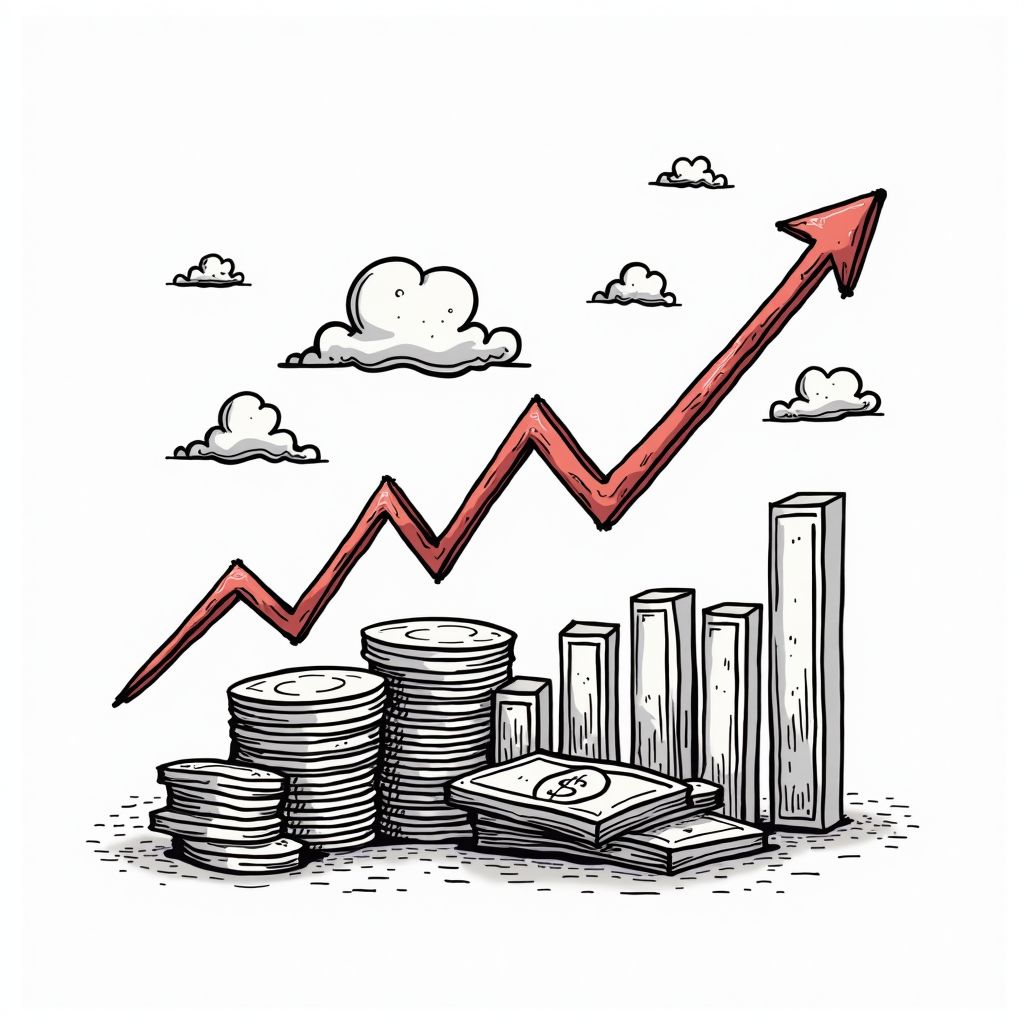Stock Market Futures Rise as Inflation Outlook Brightens

New York, Wednesday, 26 November 2025.
Market futures are climbing as an improved inflation outlook boosts investor confidence, potentially leading to further interest rate cuts, according to JPMorgan analysts.
Wall Street’s Recovery Amid Inflation and Interest Rate Speculations
Stock market futures are experiencing an upswing as investors are buoyed by a more optimistic inflation outlook. Analysts at JPMorgan suggest this trend could lead to further interest rate cuts, enhancing investor sentiment as Wall Street attempts to rebound from a month of losses [1]. The anticipation of a rate cut is echoed by other financial experts who see it as a potential catalyst for market growth [2].
Impact on Major Indices
The Dow Jones Industrial Average, S&P 500, and Nasdaq Composite are all poised to benefit from this positive sentiment. Specifically, the S&P 500 has seen gains, closing at 6,812.61, which is a rise of 0.69% as of November 25, 2025 [3]. Meanwhile, the Nasdaq Composite increased by 0.82% to 23,214.69, reflecting robust investor confidence in the tech sector [3]. This upward trend is crucial as it sets a hopeful tone for the markets heading into Thanksgiving.
Economic Indicators and Federal Reserve Policies
As economic indicators such as initial jobless claims show improvement, falling to 216,000 for the week ending November 22, 2025, below expectations, the Federal Reserve’s potential policy shifts remain a focal point for investors [4]. The possibility of an interest rate cut is bolstered by statements from San Francisco Federal Reserve President Mary Daly, who has indicated support for such a move in December 2025 due to labor market risks [5].
Looking Forward: Projections and Market Outlook
Looking ahead, financial analysts are optimistic about the performance of major indices. Deutsche Bank has set a target for the S&P 500 to reach 8,000 by the end of 2026, driven largely by advances in artificial intelligence and technological investments [6]. The broader economic context, including consumer spending and retail sector performance, will continue to shape market trends as the year concludes.